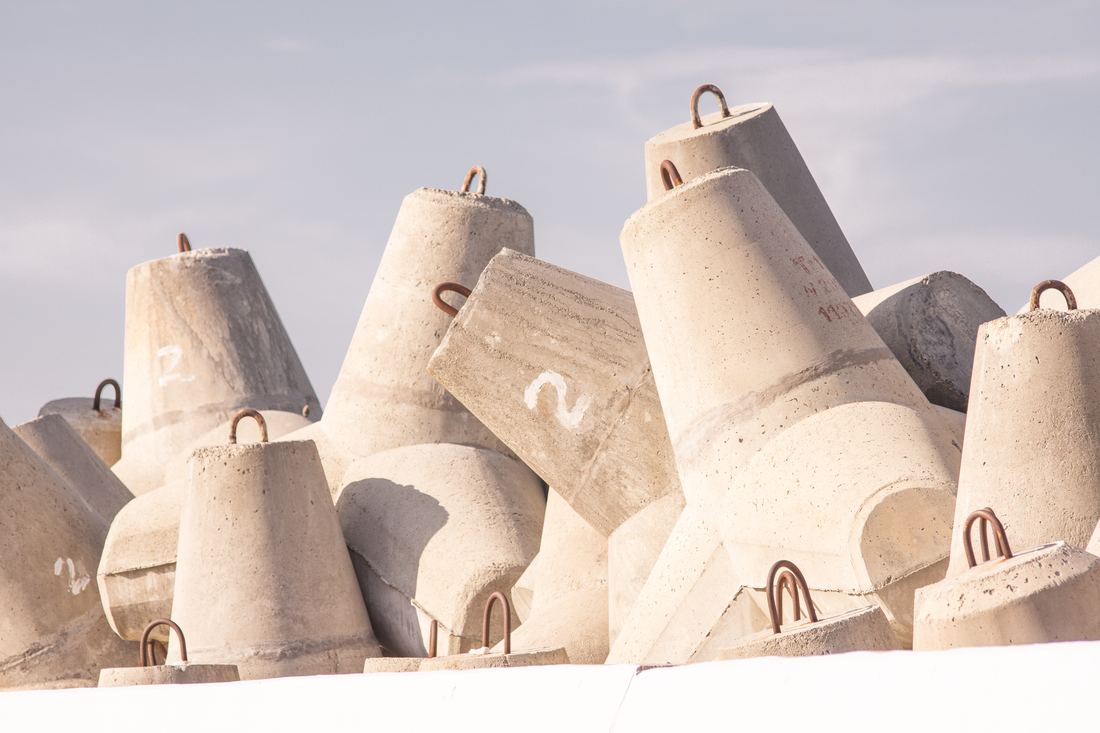|
It’s well known that concrete is one of the world’s most used building materials. Considering its extreme level of versatility in its use, portability and affordability; it makes sense. Coming in a variety of types, with most of them being largely comprised of similar substances, it can be hard to see why there are so many concretes on the market. However it’s those small and often subtle changes from formula to formula that make all the difference. At BellMont we believe it’s important that people stay as informed as they can about the products they’re using, so they can make better decisions towards achieving their goals.
That’s why we’re taking the time to talk about some of the most common kinds of concrete and the sort of work they are suited for.
That about covers our quick look into the most common kinds of concrete and their common applications. We hope that from now, you’ll have a little better understanding of some of the products that get used on your site, and you’re better equipped to make a decision.
0 Comments
Leave a Reply. |
Archives
December 2021
|
|
|


 RSS Feed
RSS Feed
